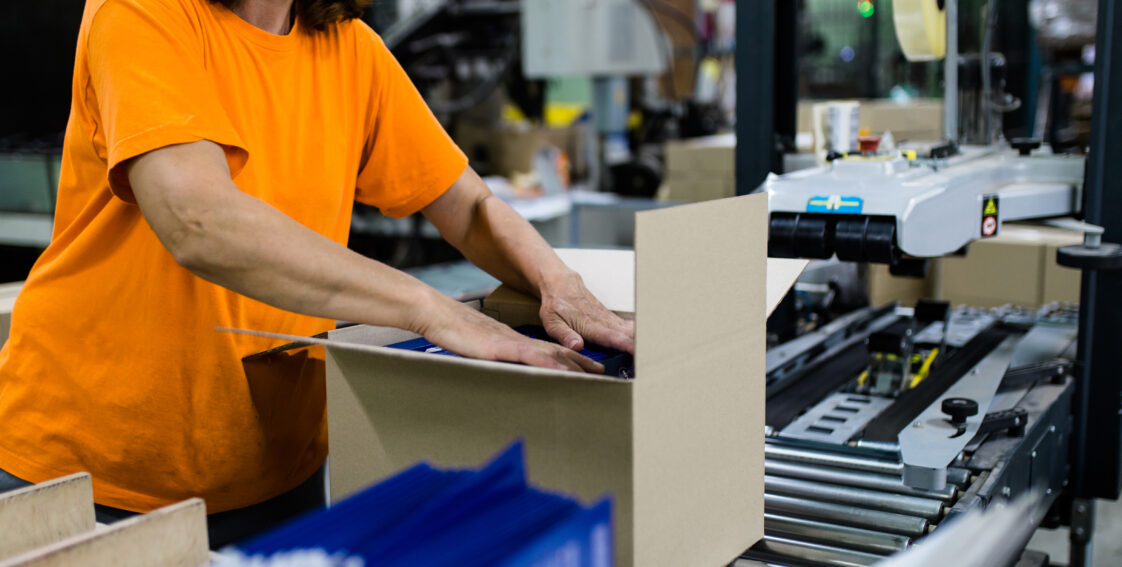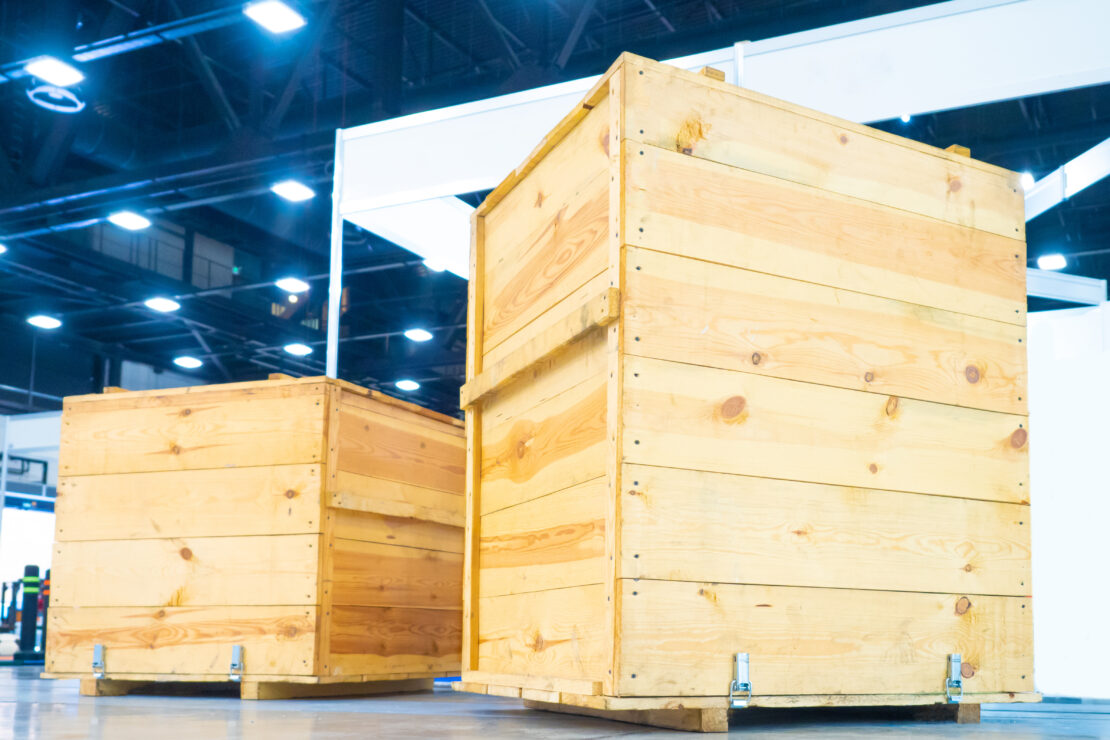
How to Create an Effective Commercial Packaging Design
The COVID-19 pandemic is still fueling a surge in the number of goods being shipped directly to consumer homes. Although the pandemic has created a boon for both e-commerce and brick-and-mortar businesses that have online services, these same companies must find ways to reduce the cost of packaging their goods.
One of the best ways businesses can reduce the costs of shipping is by creating effective packaging designs. In this article, we’ll discuss the three main categories of commercial packaging and how to create an effective design for each type.
Primary Packaging Design

Primary packaging, sometimes referred to as “retail packaging,” contains all the information customers need to know about the product, including ingredients, nutritional facts, product warnings (if applicable), barcodes, etc.
Effective primary packaging should clearly identify the name/type of product. Brand logos and any colors associated with the company are also found on primary packaging.
Lastly, primary packaging should be easy to read and specifically designed with the target audience in mind.
Secondary Packaging Design

Secondary packaging helps protect items during shipment.
This type of commercial packaging also has distinguishing markings that identify the brand name of the packaged products.
The best secondary packaging designs:
- Clearly Identify the Company & Brand
- Prevent Items From Being Jostled & Damaged During Transportation
- Are Appropriately Shaped & Sized to Further Protect Items
- Include the Name of the Product on the Exterior of the Packaging
Tertiary Packaging Design

Lastly, the most important (and often overlooked) packaging is tertiary.
Effectively designed tertiary packaging will protect your items during transportation and even help you get the most value for your money.
While secondary packaging is also designed to protect items, tertiary packaging adds an extra layer of protection, and is most often used when shipping items in bulk.
Factors to consider when creating a tertiary packaging design include:
Size & Shape
The most effective tertiary packaging design perfectly accommodates the shape and size of items being shipped by truck, plane, or boat.
Additionally, shipping certain components or items together (referred to as kitting) instead of separately can help businesses reduce shipping costs. However, weight, along with shape and size, is an important price factor that should be considered when combining items for shipment.
Materials
Next, tertiary packaging materials should be durable and dependable. They need to be able to provide strong protection for products being shipped nationally or internationally via airplane or boat. Tertiary packaging is also meant to prevent damage to primary or secondary packaging.
Consumers typically do not see tertiary packaging, since retailers remove the packaging before displaying items in their stores. Examples of tertiary packaging materials include shrink wrap, wood pallets, and sturdy cardboard.
Regulations
Multiple regulating bodies, including the National Institute of Standards and Technology (NIST) mandate compliance protocols for specific types of tertiary packaging. Some tertiary packaging must be marked if they are considered flammable, toxic, or could pose other health risks to humans or animals.
ISPM-15 wood crates, for example, have been certified to meet criteria established by the International Standard for Phytosanitary Measures (ISPM). The ISPM set these standards to ensure wood crates do not harbor pest and plant-based diseases when being shipped between different countries.
Tertiary packaging found noncompliant with numerous standards means companies will have their shipment delayed and are likely to be hit with a hefty fine.
Find Your Commercial Packaging Design Today
Creating the right commercial packaging design can be challenging. That’s why it’s important to work with an experienced industrial packaging company like Export Corporation.
Founded in the mid-1940s, we’ve become a leading provider of complete packaging solutions. We’ll not only help you design your packaging, but build it too. We hold a wide array of certifications and registrations, including ISO 9001:2015, ISPM-15 HT, ITAR, and SAM, which means we can help you maintain compliance.
If you have questions about commercial packaging, or would like to get started with a quote, don’t hesitate to contact us today.
